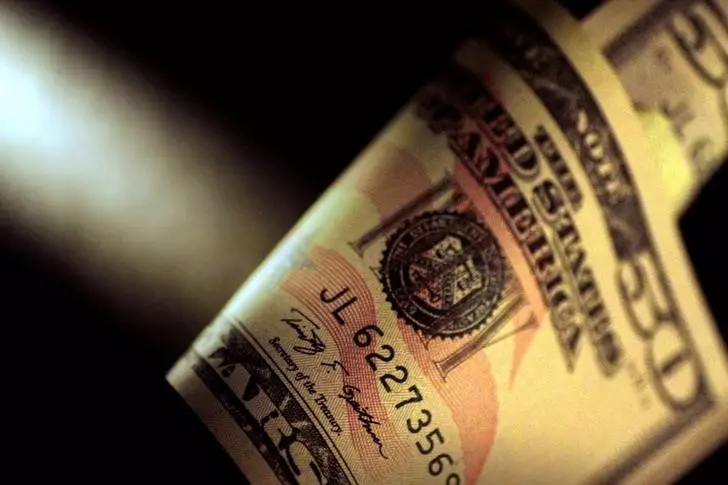The impending U.S. presidential election is casting a significant shadow over the financial markets, particularly affecting the value of the U.S. dollar. As traders and investors brace themselves for potential volatility, the movements of the greenback in the lead-up to the election are telling of broader economic sentiments and geopolitical implications. With fluctuating dollar values and shifting market expectations, an analysis of current trends reveals deeper insights into the state of the economy and its intricate relationship with foreign exchange rates.
Recent data showcases the dollar index—an essential gauge that measures the dollar’s performance against a basket of major currencies—showing a slight decline of about 0.1% to a reading of 103.655. This depreciation reflects a notable retreat from its recent peak highs, drawing attention to a trend that has gained momentum since late October. While a strong dollar benefits American consumers by lowering import costs, it can be detrimental to exporters, resulting in increased costs for foreign buyers. Therefore, understanding the dynamics of this currency movement is crucial for businesses engaged in international trade.
The circumstances surrounding this decline are complex, intertwining election-related anxieties with broader economic indicators. With the election expected to result in a close race between Donald Trump and Kamala Harris, the inherent uncertainty is spooking investors. Recent polling suggests a competitive landscape, leading to a dramatic reshuffling of expectations within currency markets. The anticipation of a change in administration brings both risk and opportunity for the dollar, which is notably impacted by each candidate’s economic policy approach.
Implications of U.S. Economic Policy and Foreign Exchange Markets
The economic forecasts and market positions align closely with the anticipated policies of the candidates, particularly how Trump’s administration—a time characterized by tariff impositions—affects inflationary predictions and yields on U.S. Treasuries. Trump’s historical approach creates expectations of inflationary pressure, which generally favors a stronger dollar. Conversely, Harris’s anticipated policies may lean toward adopting a more neutral fiscal stance, which could slightly demure the dollar’s bullish trajectory.
The dialogue among analysts reflects a growing concern regarding the implications of the election’s outcome on global currencies. Experts at ING have commented on the considerable volatility in foreign exchange markets, particularly surrounding currency options. They posit that if Trump manages to secure the presidency without a Republican majority in Congress, the dollar could face increased pressure due to a lack of cohesive economic reforms. This scenario could dilute investor confidence, resulting in further depreciation of the greenback.
As the dollar finds itself in flux, other currencies are also exhibiting significant responses to U.S. developments. The euro, for instance, has shown signs of strength, rising to approximately 1.0893 against the dollar, bolstered by American dollar weakness. However, the eurozone is not insulated from its economic challenges, with sluggish industrial output adding to potential vulnerabilities. This juxtaposition illustrates the complex web of global economic interactions—where foreign currencies are as influenced by U.S. actions as by regional dynamics.
The British pound and Japanese yen are similarly in the spotlight as their respective central banks approach critical policy decisions. With the Bank of England signaling intentions for further rate cuts, the pound’s performance may also reflect prevailing concerns over broader economic health. Meanwhile, Japan’s yen remains under pressure, hovering at near-record lows, prompting discussions on how the ongoing U.S. electoral spectacle could either mitigate or exacerbate these challenges.
In Australia, the Reserve Bank’s hold on steady policies despite global uncertainties indicates strategic caution amid rising inflation risks. The Australian dollar’s potential to thrive in a Harris administration represents a broader narrative of currency volatility amid shifting geopolitical landscapes. Analysts suggest that a less confrontational approach toward trade, particularly with China, may provide considerable relief for the Australian dollar.
As financial markets await the decisive outcomes of the U.S. presidential election, the currency landscape remains precarious. The interplay between electoral politics, economic data, and market expectations creates a challenging environment for investors. Understanding the implications of who occupies the White House is critical, not only for American fiscal policies but also for global currency stability. As stakeholders prepare for potential shocks, vigilance and adaptability will be paramount in navigating these turbulent waters.


Leave a Reply